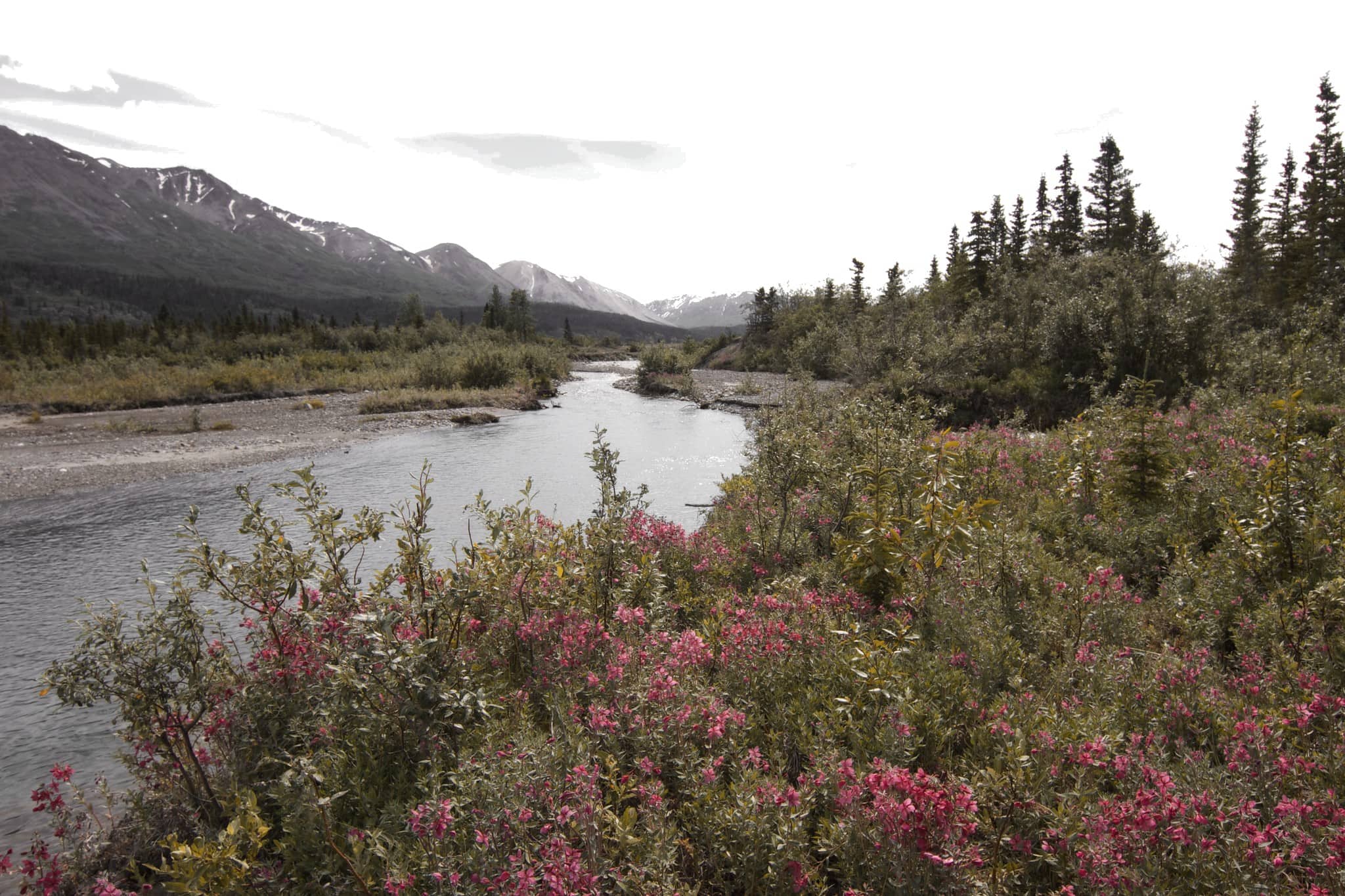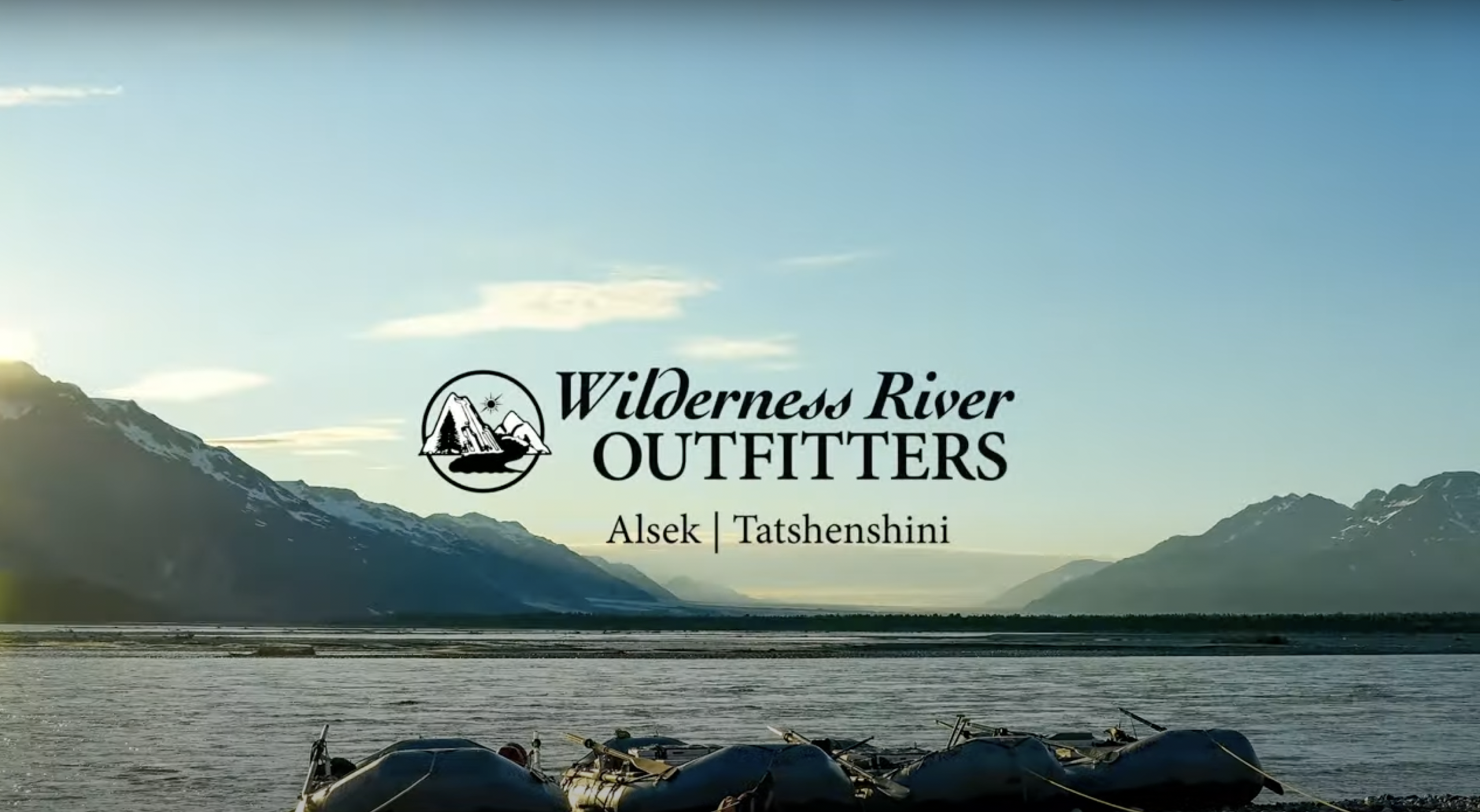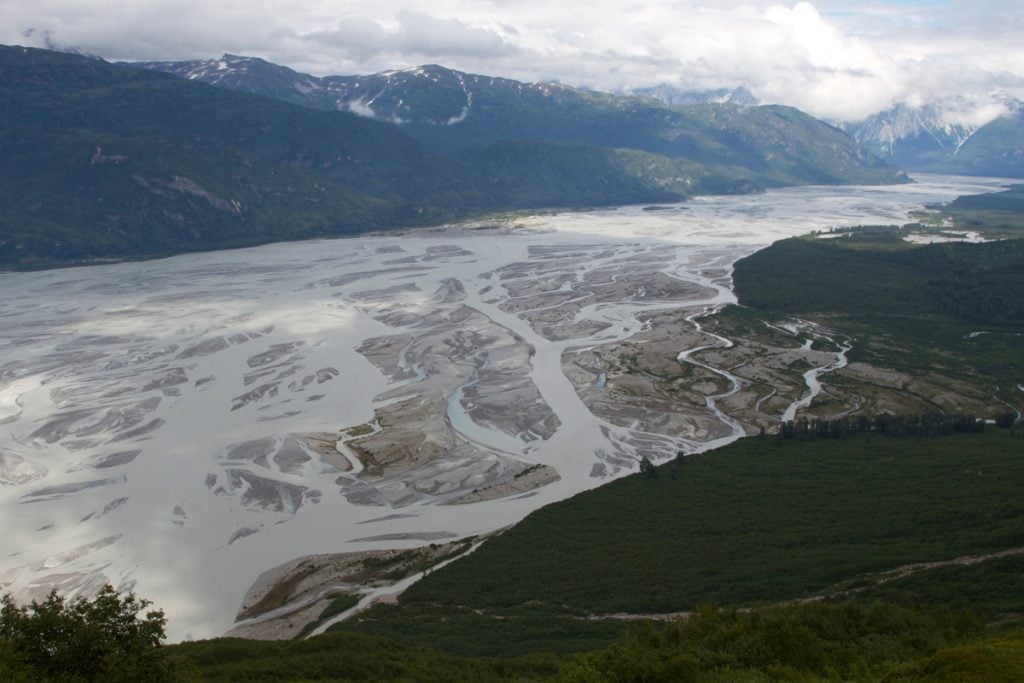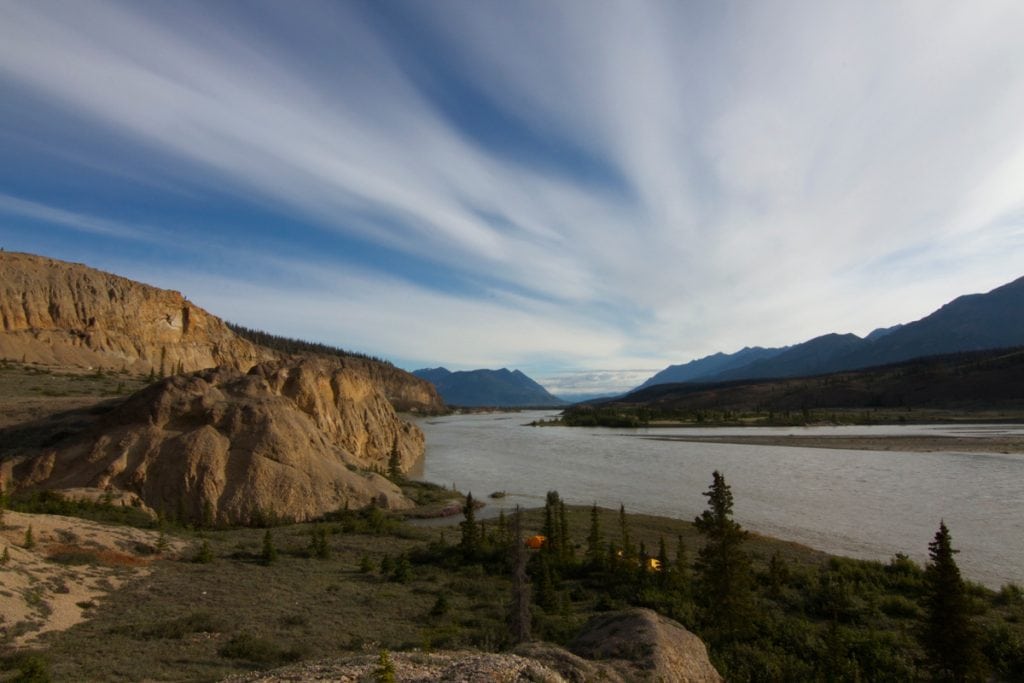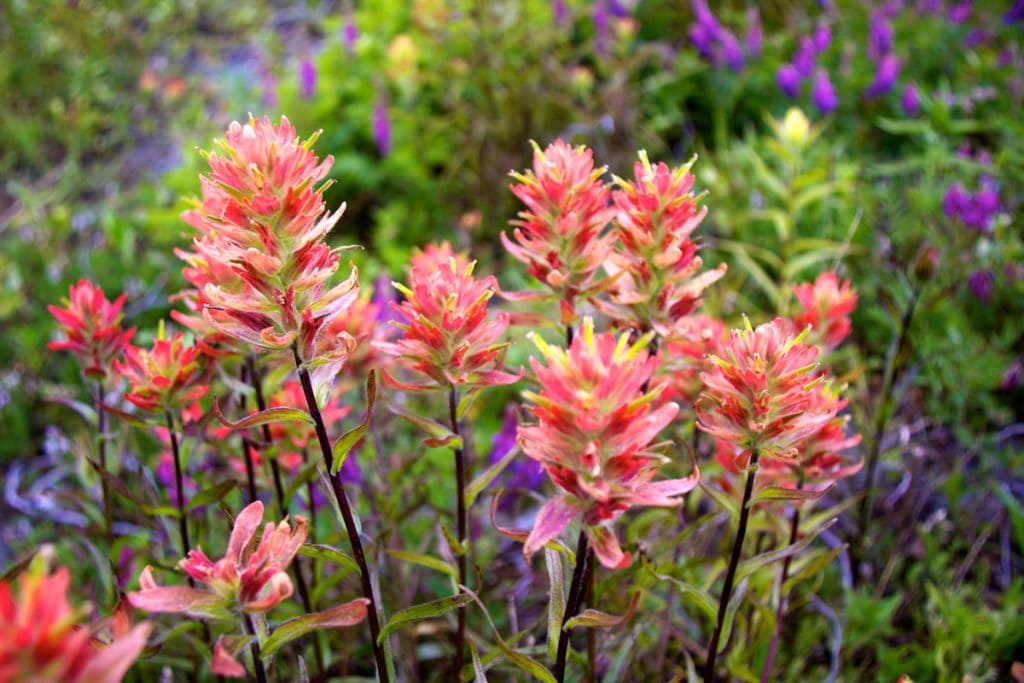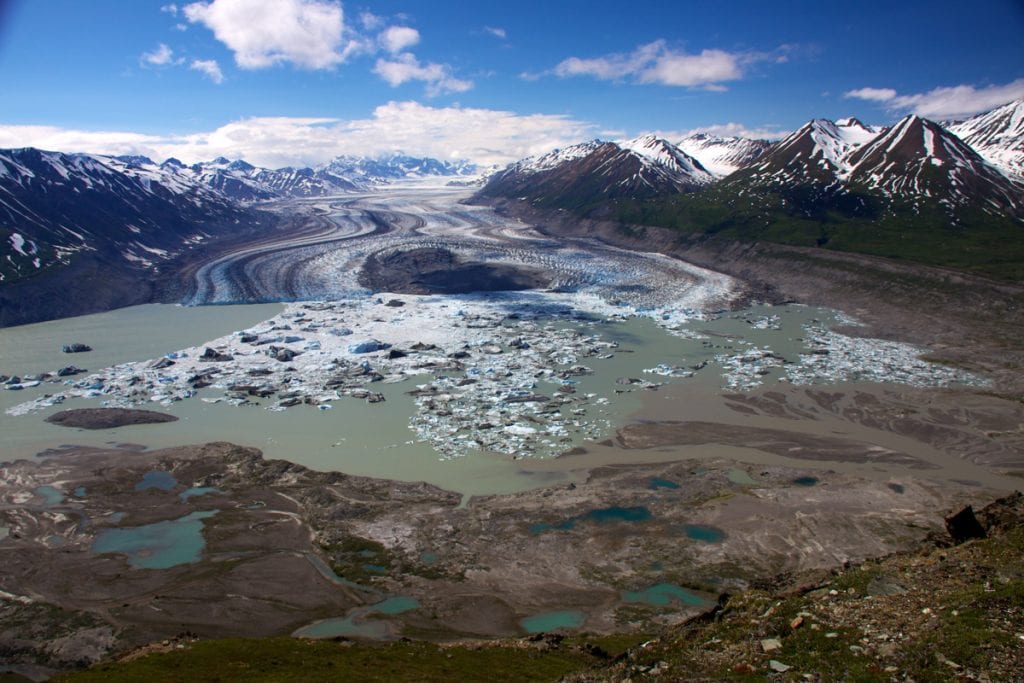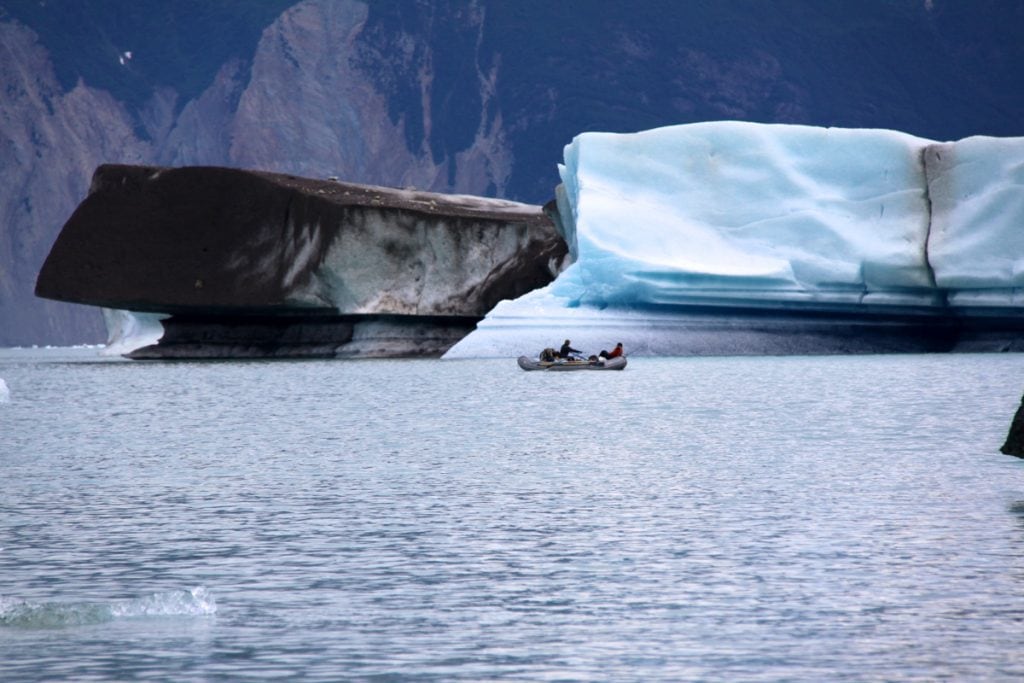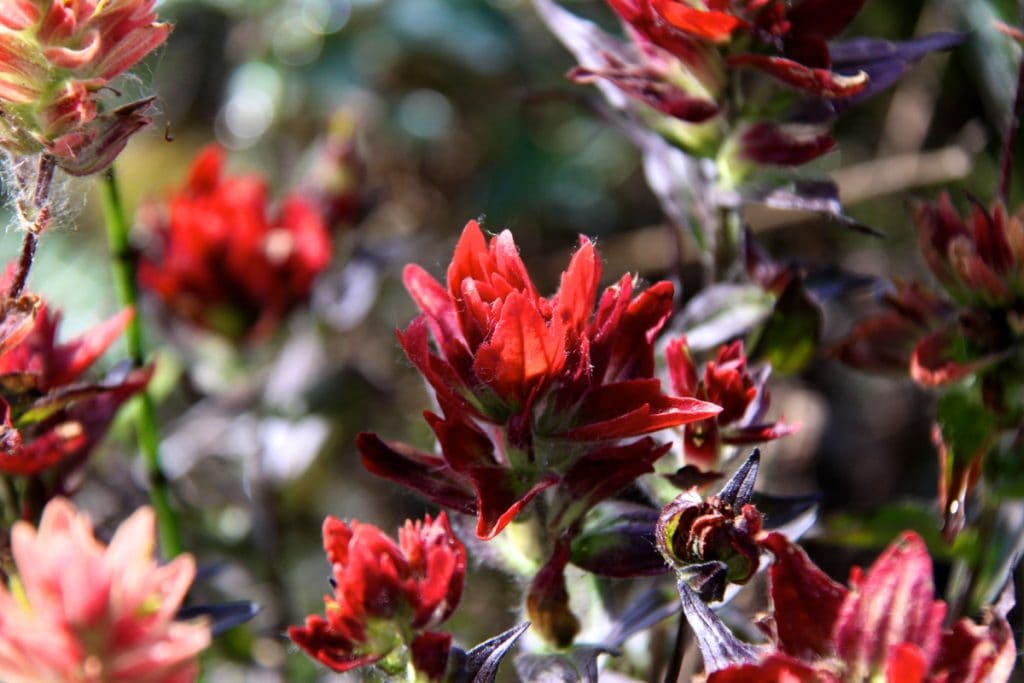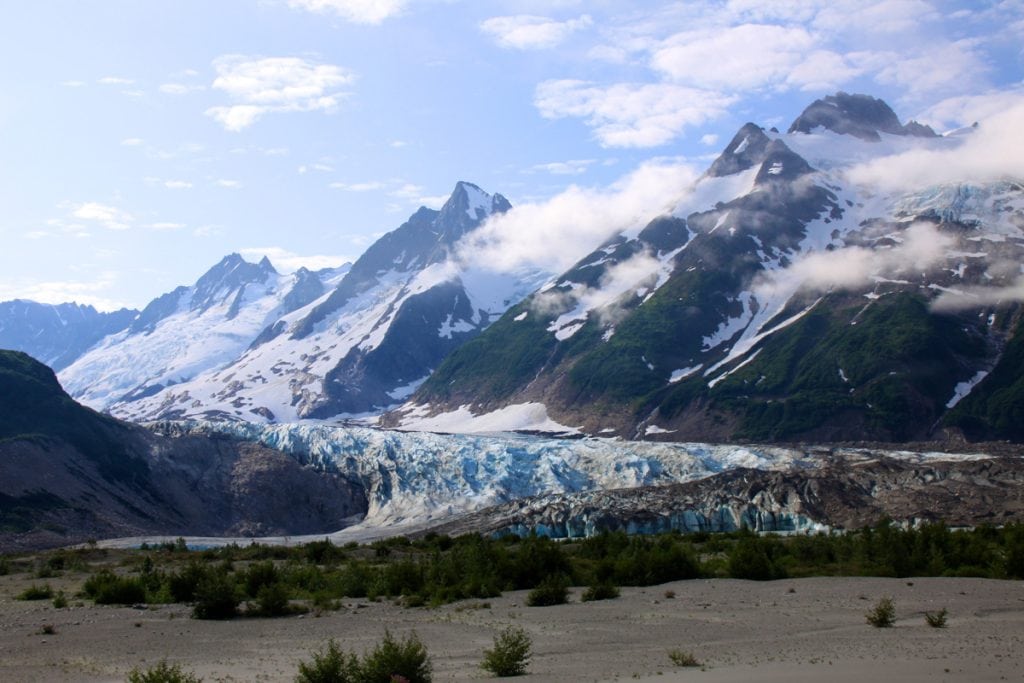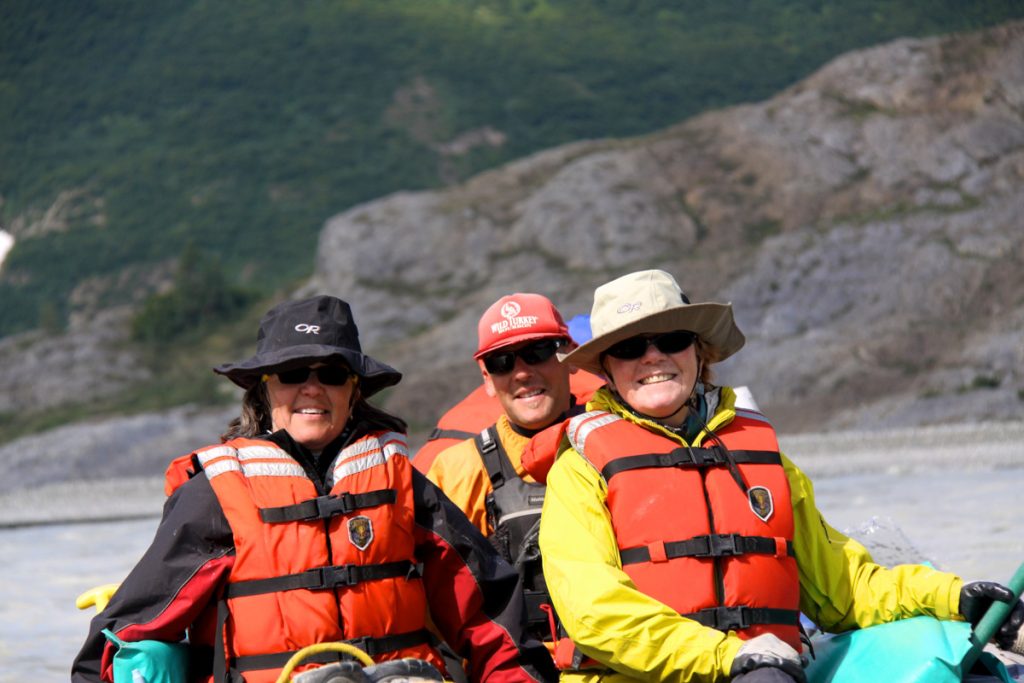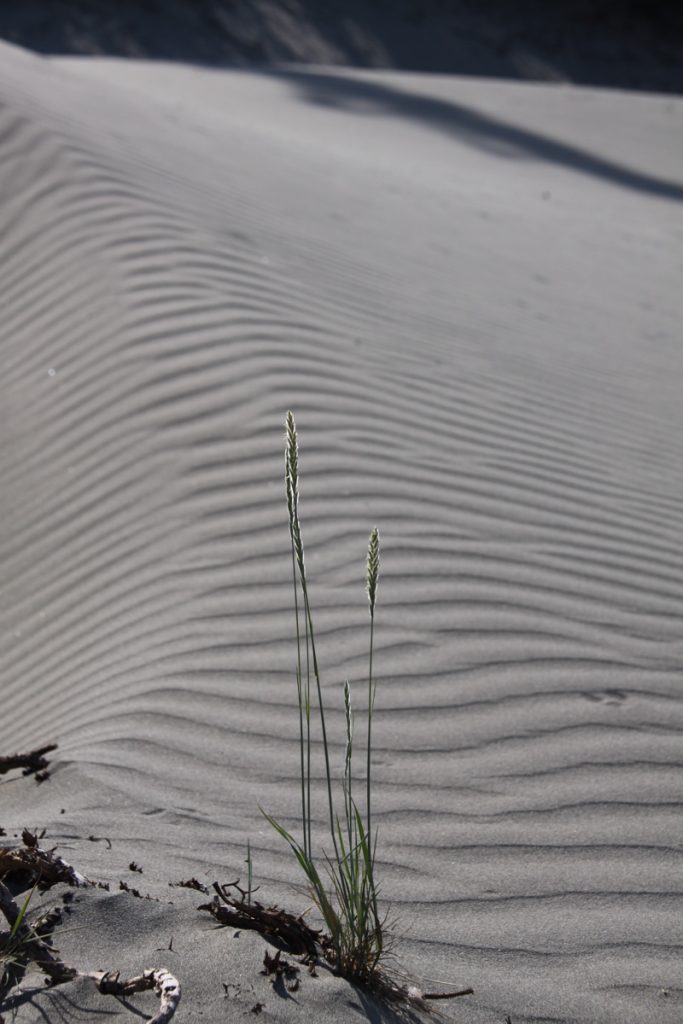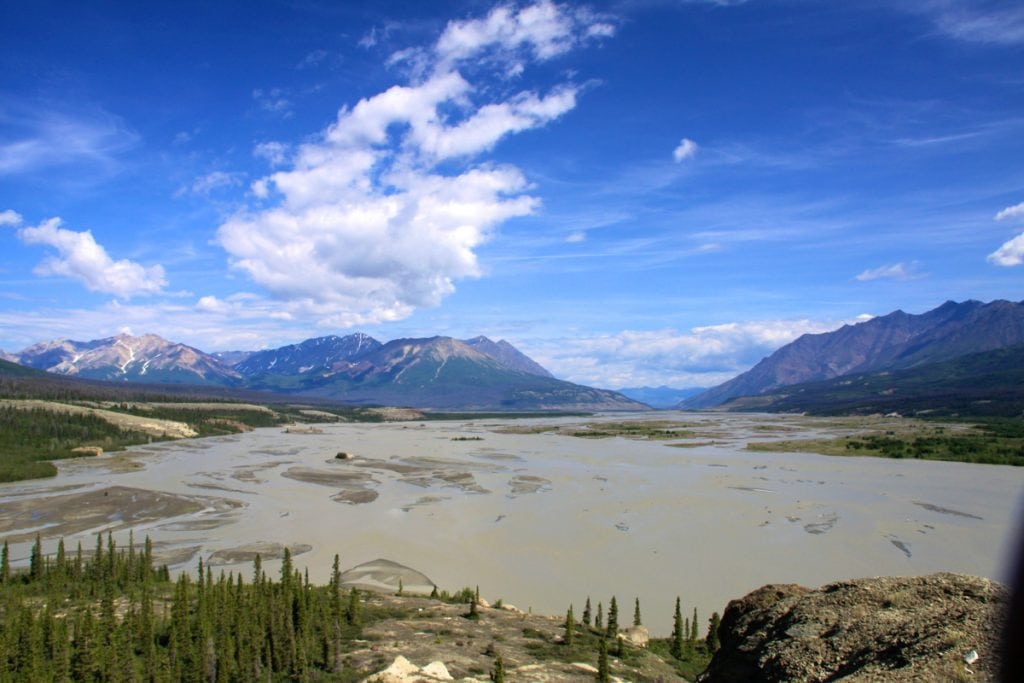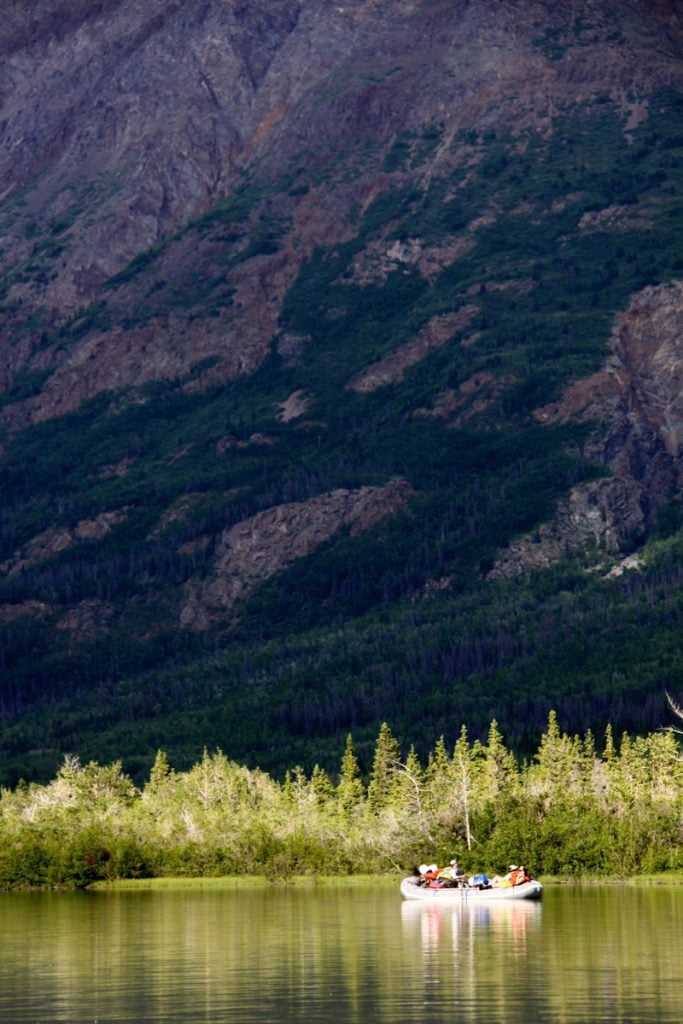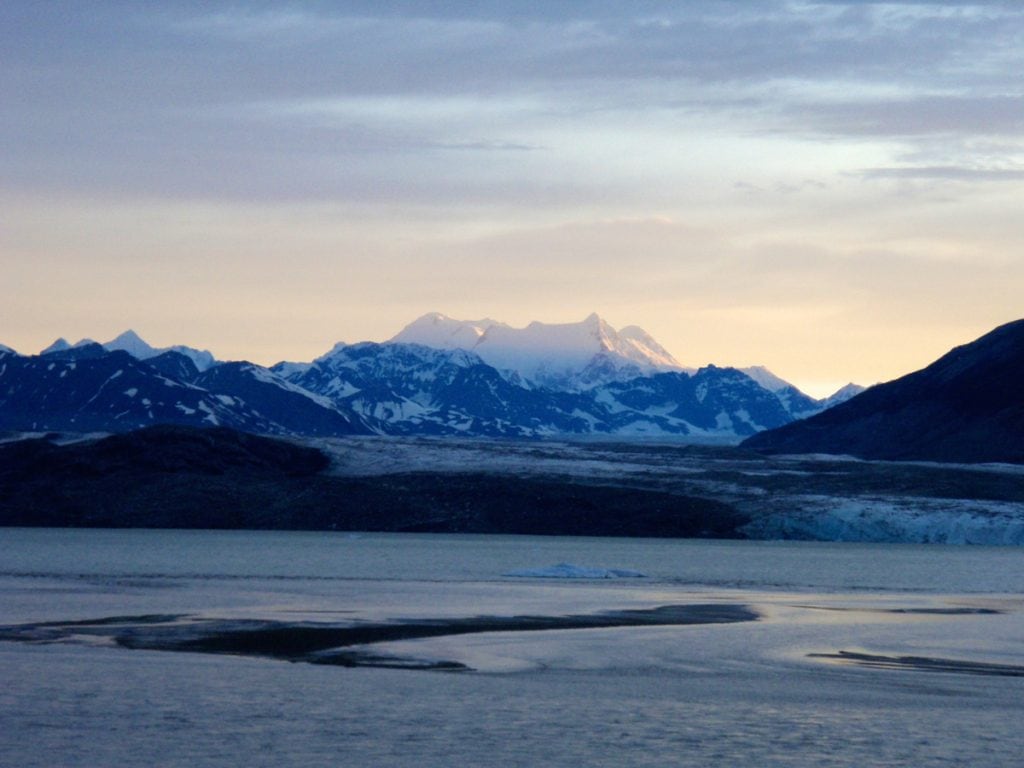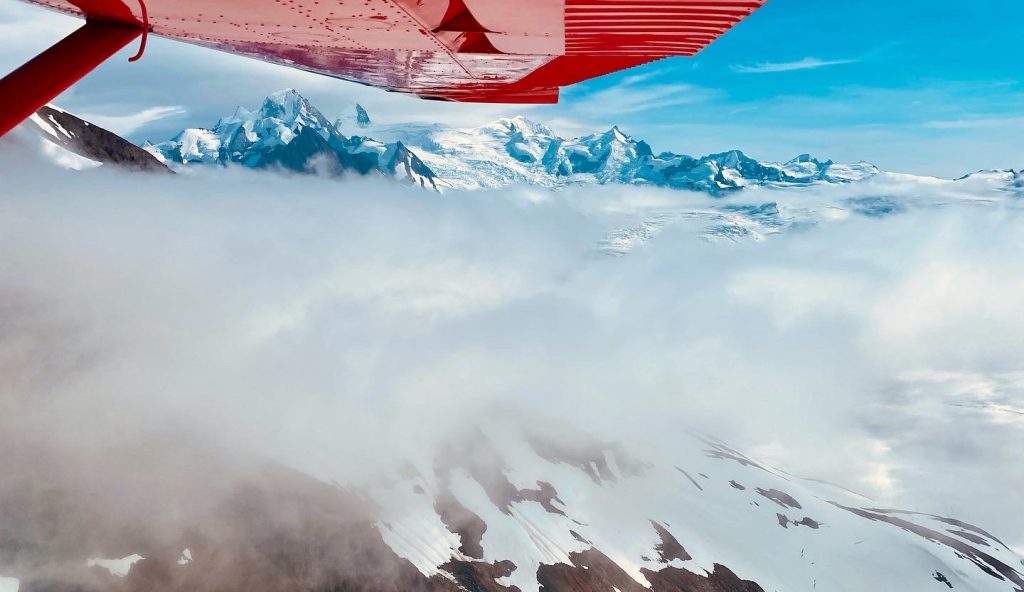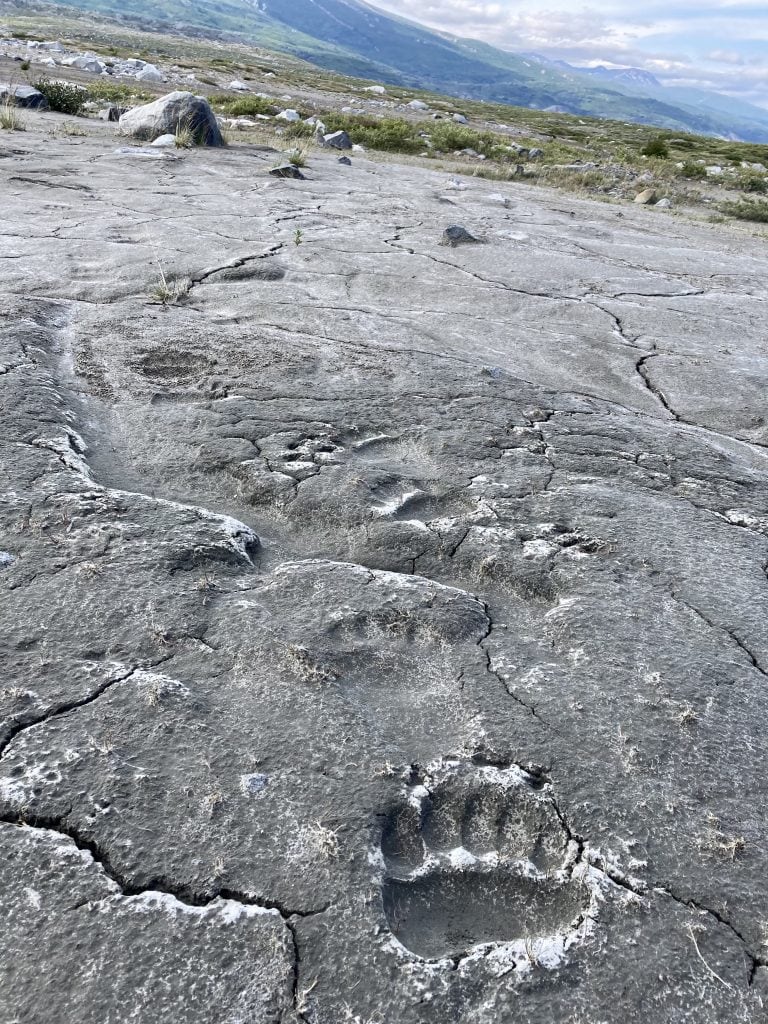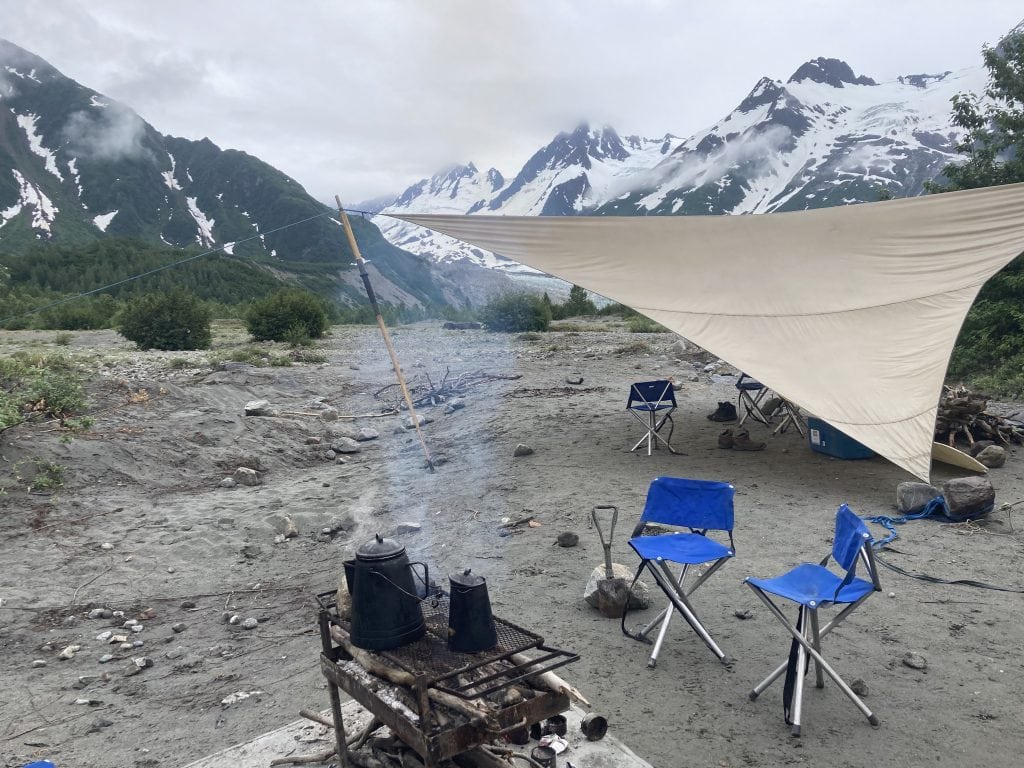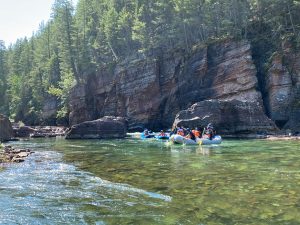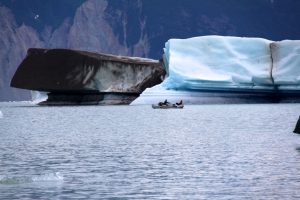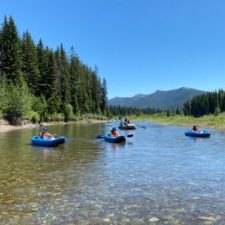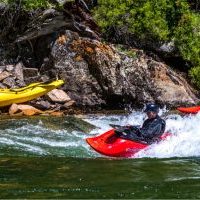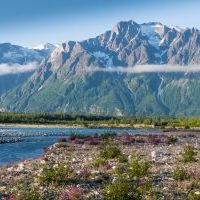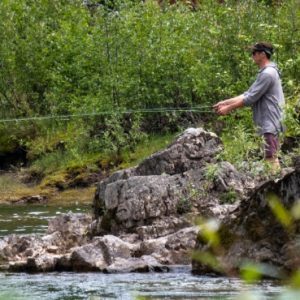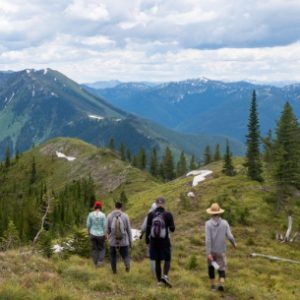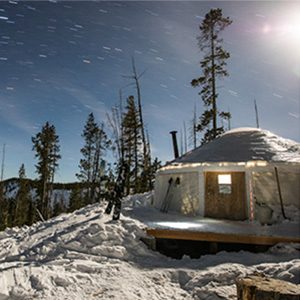Overview
This adventure is more than just a river trip. Consistently rated as the top expedition river trip in the world, the Alsek trip is a 12-day, 155-mile journey through a truly wild part of North America. We will float through the largest non-polar ice cap in the world, through a landscape whose scenery and giant scale is unparalleled. Watch and listen to massive icebergs calving off active glaciers in this dynamic environment, evidence of the last ice age still in motion. Experience a helicopter flight over one of the most impressive gorges known, Turnback Canyon, that a lucky few get to experience. From the magenta blooms of River Beauty wildflowers to sunsets on snow-capped peaks and glacial lakes, these images and memories will be with you for a lifetime.
Trip Highlights
- 12 days, 155 miles
- Experience Canadian and Alaskan wilderness
- Wildflowers and wildlife
- Unparalleled scenery
- Helicopter portage
- Witness dynamic glacial environments
- Fantastic hiking
The Upper Alsek River is a legendary journey through the largest contiguous protected park in the world. The Alsek begins in Kluane National Park in Canada’s Yukon, winds through the Tatshenshini-Alsek Wilderness Provincial Park in British Columbia, and ends in Glacier Bay National Park & Preserve in Alaska. It is protected within a UNESCO World Heritage Site, which encompasses all of the Parks. Together, this collective wilderness complex is 97,000 square kilometers (almost 24 million acres), the largest international protected area in the world.
There is a reason that National Geographic has consistently rated this trip as the #1 rafting adventure in the world. From the narrow beginnings in the Dezadeash River to the confluence with Kaskawulsh, the mighty Alsek braids and bends towards Alsek Lake, joining with another Alaskan classic, the Tatshenshini river. The Alsek is famous for many things aside from its striking beauty: such as flowing into iconic glacial Lake Alsek and Lake Lowell, floating through the largest non-polar ice cap in the world, and containing one of the most daring and legendary river-running expeditions in history: the 1973 solo kayak descent of Turnback Canyon. Turnback is a 4 mile section of intense class V+ whitewater, is impossible to get out of once you commit, and is to this day run by only the world’s most elite kayakers. Our helicopter view of Turnback Canyon is breathtaking and invigorating and a view that few get to experience. On the remainder of the river that we do get to float, there is a perfect balance of exciting class III/ III+ whitewater, and the slow, scenic pace that allows for the time that this landscape deserves to truly experience it in all of its glory.
Photography possibilities on the Alsek are endless. Experience some of the best of Alaskan landscape with the striking peaks, pristine glacial waters, and abundant wildlife. One might see bears, wolves, moose, deer, Dall sheep, mountain goats, eagles and occasionally a wolverine. Wildflowers blanket the hillsides, contrasting this massive, striking landscape with delicacy. The many side hikes on this trip are remarkable. On these walks you can discover small lakes of clear glacial water, walk on giant sand dunes, glass for wildlife, take advantage of photo opportunities, walk on glaciers, hike up an Alaskan peak, or study up on the diverse wildflowers (to name just a few).
The Stats
| Departure Month | July |
| State / Region | Alaska & Canada |
| Adventure Level | High |
| Price Range | $3000+ |
| Activities | Hiking, Rafting, Wildlife |
Logistics
The Alsek trip begins in Haines, Alaska (HNS), and ends in Yakutat, Alaska (YAK). You will most likely travel to and from these locations from Juneau, Alaska (JNU).
Before the trip:
You will fly commercially to Juneau, Alaska and take either Wings of Alaska (907.789.0790), Air Excursions (907.766.3800) or Alaska Mountain Travel (907.766.3007) from Juneau to Haines, Alaska. There is also an option for a half day ferry from Juneau to Haines with Alaska Marine Highway, which is a great option if you have the time. The ferry is less expensive compared to flying, but the schedule is limited. You will need to arrive in Haines, Alaska no later than 6 pm the night before your trip is scheduled to launch.
We will have an orientation at the Halsingland Hotel ( 800.542.6363) the night before the trip to discuss details, distribute waterproof bags, and answer any last minute questions. We recommend staying at this hotel to make things logistically simpler.
The next morning on the date of your scheduled launch date we will cross into Canada to Haines Junction, and arrive at the river in the afternoon. (A Passport is necessary when passing into Canada.) We will drive as far as we can, depending on road conditions. Typically it will take a little more than 3 hours of driving. From here, we may hike several miles through a scenic part of Kluane National Park. The length of the hike could be up to six miles, but with very lightweight packs. Four-wheel drive trucks deliver the gear to Serpentine Creek. The lead guide will give a river orientation and safety talk. Depending on the weather (especially the wind) we may camp at the put-in or possibly head downriver a short distance to our first camp.
After the trip:
We provide a flight for you from the river to Yakutat, Alaska, where you will catch your commercial flight to Juneau (only one flight per day in the evening) with Alaska Airlines. You will need to make your reservations for the flight into Juneau and out of Yakutat. If your bags cannot make it to Yakutat because of weather, we will have them in Juneau waiting for you. There is also the option to purchase a shower at the Yakutat Lodge, before your flight to Juneau. Depending on flight schedules, you will most likely need to spend the evening in Juneau and continue your trip home the next morning. We recommend the Frontier Suites (800.544.2250) in Juneau.
Sample Itinerary
Day Before: Arrive in Haines, Alaska before 6 pm. Fly commercial airline to Juneau, and with Wing of Alaska (907 789-0790) or by ferry to Haines. Make your reservation at the Hotel Halsingland Hotel in Haines (800 542-6363) for the night before the trip. We meet up around 6 pm the evening before to distribute dry bags, discuss trip logistics for morning departure, go over the gear list if needed, and answer any last minute questions. After meeting the group usually has dinner together at the Halsingland Restaurant.
Day 1: Early on the first morning we will drive up the Chilkat River Valley to Haines Junction and Kluane Park, crossing into Canada (don’t forget your passport). While we register you can get an introduction to the natural history of the Park. We will drive as far as we can, depending on road conditions. From here, we may hike several miles through a scenic part of Kluane National Park. The length of the hike could be up to six miles, but with very lightweight packs. Four-wheel drive trucks deliver the gear to Serpentine Creek. The lead guide will give a river orientation and safety talk. Depending on the weather (especially the wind) we may camp at the put-in or possibly head down river a short distance.
Day 2: We hit our first current, and once we reach the confluence of the Dezadeash and Kaskawulsh, the Alsek proper begins. From here we enter the river’s braided channels, a common characteristic of the Alsek. We may explore some lakes on this day or even swim if the weather feels right.
Day 3: As we head down towards Lowell Lake, we encounter the first rapids of the trip. Weather depending, we may set up camp on the shore of the lake. From the lake you can see three very impressive mountain peaks at the head of Lowell Glacier. Once we enter the lake, we also get our first views of icebergs and glaciers.
Day 4: Weather permitting, there is an optional hike to Goatherd Mountain, a great opportunity to stretch our legs and gain even more impressive views of this breathtaking lake and glacier. For non-hikers, this could be a relaxing day around camp with possible bathing in nearby clear lakes.
Day 5: As we leave the lake the rapids increase in size and difficulty. After some exciting rapids we will find a nice place to camp. Depending on the group, hiking could also be an option from camp.
Day 6: We will pass from the Yukon Territory’s Kluane National Park and enter British Columbia’s Tatshenshini-Alsek Wilderness Park, camping somewhere upstream of Tweedsmuir Glacier.
Day 7: We will head downstream to our rendezvous spot with the helicopter, and possibly explore the impressive upper Turnback Canyon in the afternoon. We will also prepare boats for the heli-portage.
Day 8: After breakfast we begin the heli-portage over Turnback Canyon. This is often an exciting highlight of the trip. We should finish the portage around lunchtime and head down river. We hope to camp right at the confluence of the Tatshenshini and Alsek Rivers, known in some mythology as the “center of the universe.”
Day 9-11: We will float the spectacular 30+ miles of the lower Alsek River to Dry Bay with opportunities for a glacier walk and exploring many other beautiful spots. Camping on the lower section of the trip offers spectacular views of Walker Glacier and Alsek Lake. With the right conditions, the views of Mount Fairweather are breathtaking.
Day 12: It is an early morning on the last day. After breakfast and a few hours on the river we arrive at Dry Bay. Your trip includes the flight from Dry Bay to Yakutat, Alaska, and we will arrive around lunchtime. Then you will catch your Alaska Airlines flight from there back to Juneau for the evening (you will need to have arranged this flight). Depending on where you are flying, most people end up staying the night in Juneau after the trip. If your bags cannot make it to Yakutat because of weather, we will have them in Juneau waiting for you. There is also the option to purchase a shower at the Yakutat Lodge, before your flight to Juneau. Depending on flight schedules, you will most likely need to spend the evening in Juneau and continue your trip home the next morning.
FAQs
Camp Life and Meals
We typically change campsites every day. This allows us to cover new scenery, rapids, and side adventures each day at a fun, comfortable pace. The Tatshenshini has one scheduled “layover” day where we stay at the same camp and spend the day exploring, hiking, or relaxing.
On the River
Clothing, Footwear, and Gear
Logistics
Miscellaneous
Book Now
